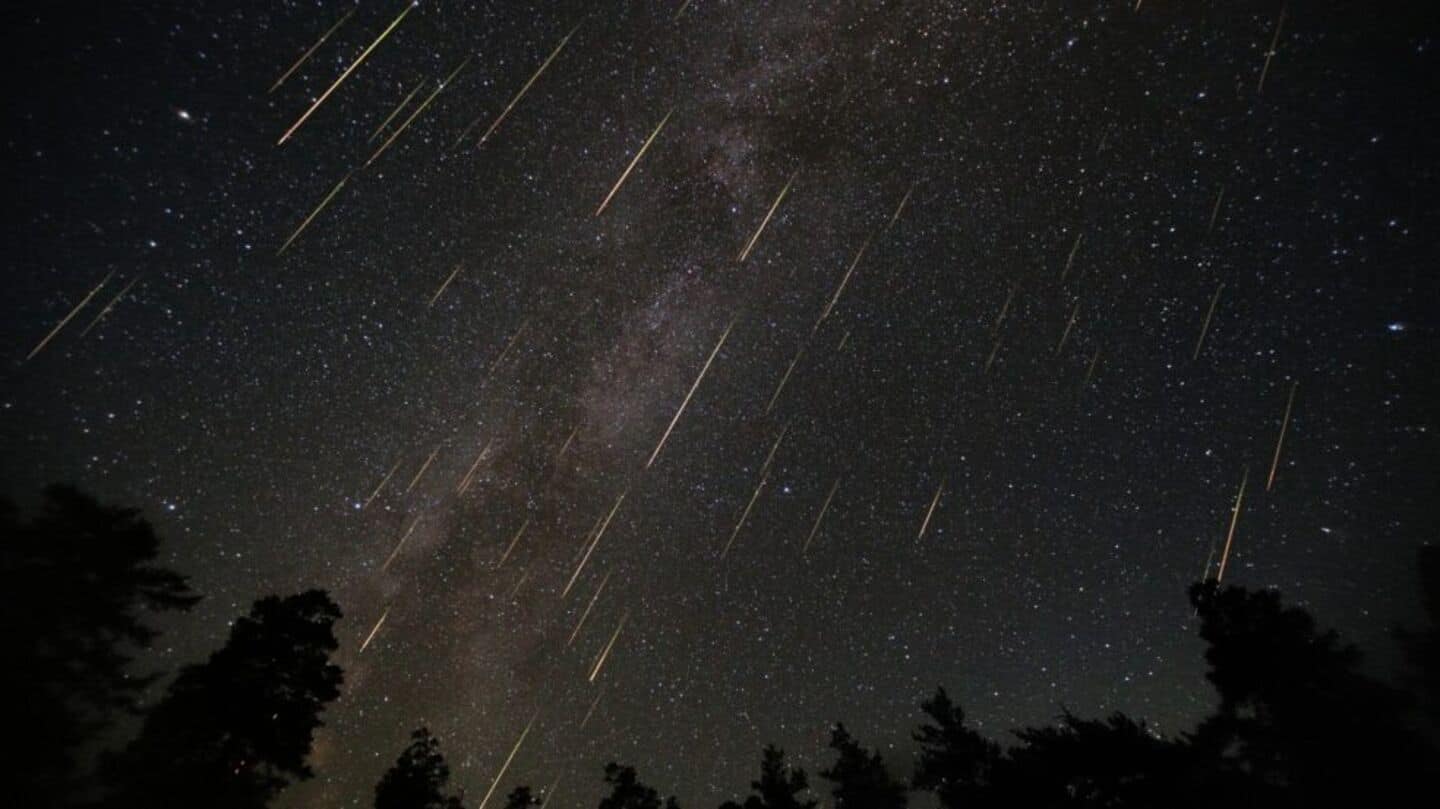
Leonid meteor shower peaks tonight: How to watch in India
What's the story
The annual Leonid meteor shower is set to peak tonight, offering a spectacular celestial display for skywatchers across the globe. This year, the event comes after an unusual week of bright auroras and a rare ground-level auroral event over North America. The Leonids are expected to offer one of their stronger performances in recent years, providing a good opportunity for stargazers in India and other parts of the world.
Meteor origins
Origin and characteristics of the Leonids
The Leonids are one of the most famous annual meteor showers, originating from dust and debris left behind by comet 55P/Tempel-Tuttle. This comet orbits the Sun every 33 years. As Earth passes through these debris trails each November, fragments burn up in the atmosphere creating streaks of light. Leonid meteors are known for their high speed—nearly 70km/sec—which often results in bright fireballs that can last several seconds.
Viewing conditions
Moon phase and geomagnetic storm forecast
With the Moon a mere 8% waning crescent and setting early, the skies will be exceptionally dark, making even the faintest meteors easier to see.The American Meteor Society reports that while the meteor shower is active from November 3 to December 2, the pre-dawn hours of November 17-18 will be best for viewing. This is when the radiant point in constellation Leo will rise high in eastern sky with clear conditions allowing up to 15 meteors per hour.
Viewing advice
Future predictions and viewing tips
In years when Earth passes through denser debris fields of Tempel-Tuttle, the Leonids have produced rare "meteor storms," with hundreds or thousands of meteors per hour. The next close pass of this comet is expected around 2032-33, possibly resulting in stronger Leonid activity in subsequent years. For optimal viewing, astronomers recommend finding a dark area away from city lights, allowing eyes to adjust for 20-30 minutes, and looking toward eastern sky after midnight.